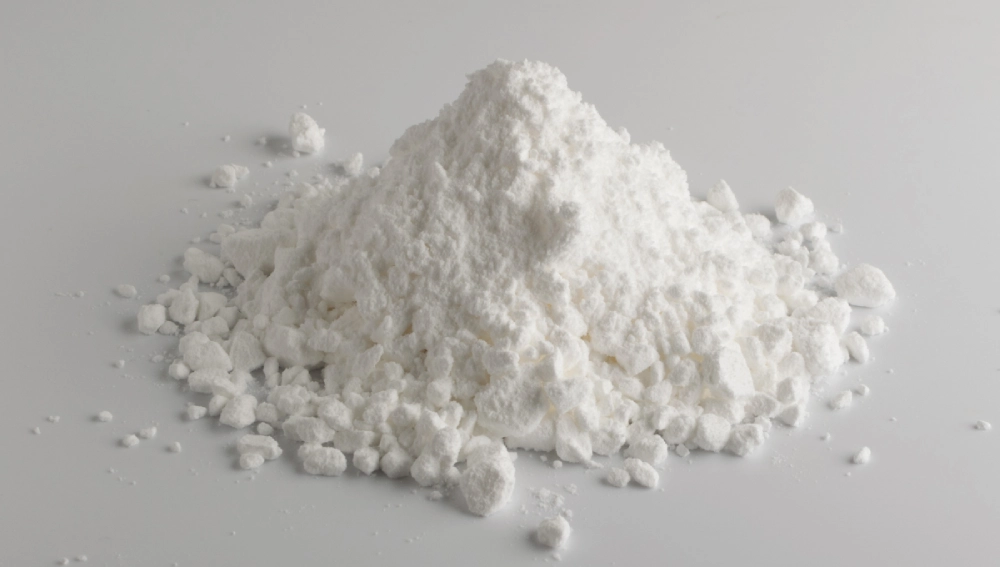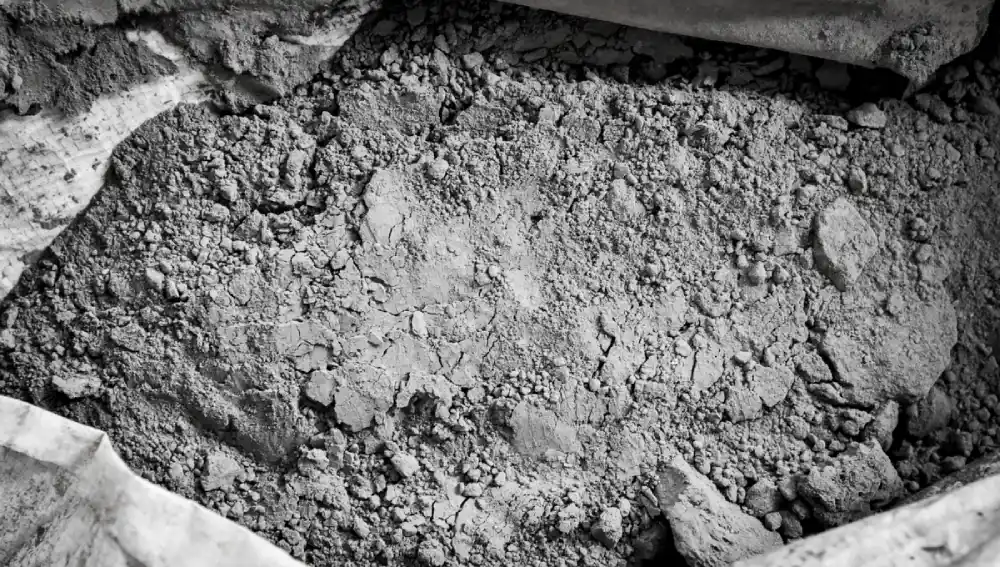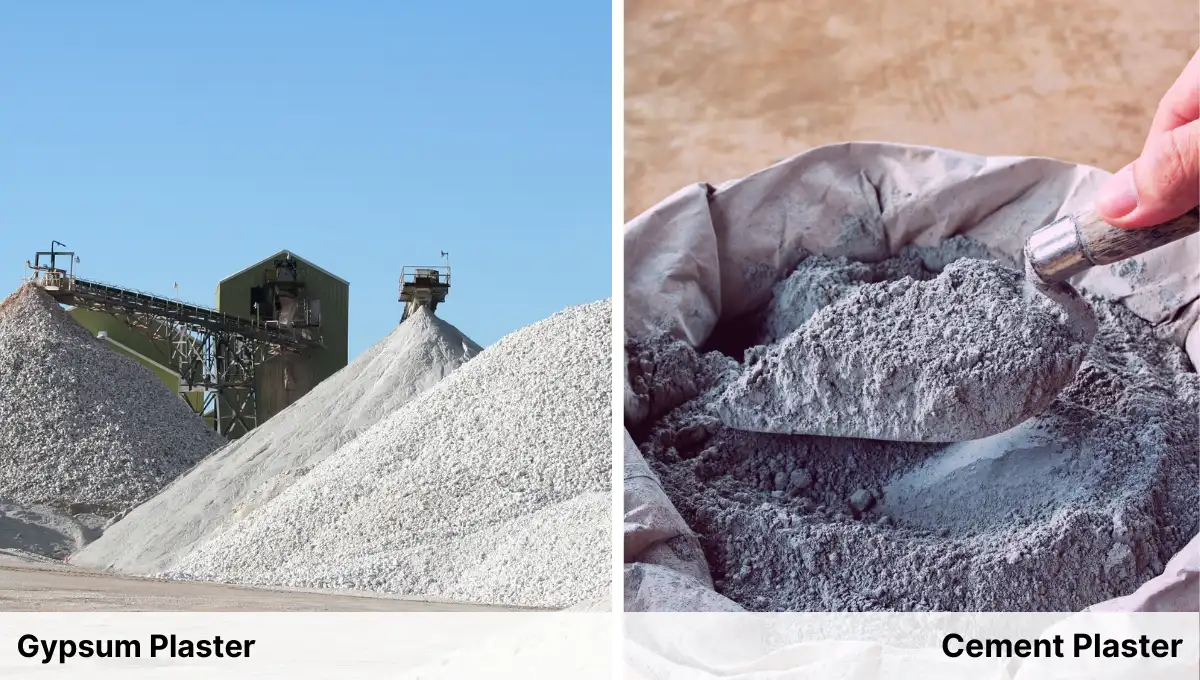Plaster is an important material, mainly used at the final stage of walls and ceilings. It gives a smooth finish that is suitable, especially for the interior. Based on the needs, proper care should be taken when selecting plaster to ensure overall durability and strength in the building setup.
There are two major types of plasters, mostly chosen by engineers and architects: cement plaster and gypsum plaster. Knowing the properties, benefits, and applications of each can help you choose the perfect fit for your requirements.
This blog will give you an idea for choosing the right choice.
What is Gypsum plaster?
Gypsum plaster, or plaster of Paris, is a building material used for coating walls and ceilings. It is made by heating gypsum to a temperature of about 150°C (300°F). This process removes water and converts the mineral into a fine powder, which can be mixed with water to form a paste. This paste hardens upon drying, providing a smooth and durable finish.
Gypsum plaster is the first to-go choice when working on a construction or renovation project, especially for interior purposes.

Ingredients of Gypsum plaster
The main component of gypsum plaster is gypsum, a naturally occurring mineral. When heated to around 150°C (300°F), gypsum loses water molecules and transforms into calcium sulfate hemihydrate (CaSO₄·0.5H₂O), known as plaster of Paris. Along with this, various additives and water are added to it.
Pros
- It gives a smooth and fine finish, which is ideal for painting and decorating.
- Gypsum plaster sets and dries faster, between 25 and 30 minutes, than any other alternative. This reduces the time it takes to complete the project, making it better suited, especially in structural construction, where the deadlines are very tight.
- It is also a bit lighter than cement plaster, which imposes a lesser load on the building and reduces the weight constraints.
- It provides an extra layer of protection for structures from fire as it contains fire-resistant properties.
- Compared with cement plaster, Gypsum plaster has better thermal insulation factor by keeping the house cool in summer and warm in winter.
- Unlike cement plaster, Gypsum plaster has sound insulation, which is excellent for housing and commercial buildings where noise insulation is required.
Cons
Gypsum plaster proves to be highly beneficial. However, there are a few disadvantages as well that one needs to take care of when choosing a building for construction work.
- Gypsum plaster is not highly suitable for high-moisture regions like bathrooms and kitchens or for external surfaces. This material has the potential to absorb water and degrade slowly.
- High moisture for a prolonged time may cause mold to grow in them, which may further degrade their quality, as well as the quality of the inner air.
- It is more expensive than cement plaster. This directly impacts the overall cost of project work.
- A high moisture area may require regular maintenance or an additional coat of paint.
- If not properly prepared, it will have bonding issues with certain surfaces. The substrate needs to be grease-free and clean to adhere well to the building.
What is Cement plaster?

Cement plaster is a mix of suitable plaster, sand, Portland cement, and water. It is applied to masonry interiors and exteriors to achieve a smooth surface.
Many engineers and builders choose it for its durability, affordability, and moisture resistance.
Ingredients of Cement plaster
Cement plaster is mainly composed of cement, sand, water, and optional admixtures. Ordinary Portland Cement (OPC) is the preferred choice for its strong binding properties, while clean, well-graded fine sand adds bulk, reduces shrinkage, and enhances workability.
The typical mixing ratio ranges from 1:4 to 1:6 (cement to sand), depending on the application.
However, as much as it has benefits, it has some drawbacks. Let’s examine this.
Pros
- It is durable and does not wear out when the weather turns bad.
- Since it doesn’t allow any moisture to percolate, cement plaster can be used even in wet areas like bathrooms and kitchens.
- Cement plaster is generally less expensive which can be the best option for large-scale projects.
- Cement plaster can be used on various substrates, including brick, block, and concrete, and can be finished in different textures and patterns, giving it an aesthetic appearance.
Cons
- It can develop cracks over time if it’s not applied properly or if the underlying structure moves or does not settle. One main reason is improper curing or a high water-cement ratio.
- Cement plaster requires more time for drying and curing when compared to other plasters.
- It is relatively heavy which adds the structural load to the building. This can be a concern in high-rise buildings with weight constraints.
Which type of plaster works better, cement or gypsum?
For interior walls and ceilings, if a smooth finish and faster application are preferred, then Gypsum plaster is advisable. It is ideal for dry environments. For exterior applications and with high moisture levels, Cement plaster should be applied.
You need to consider some other factors, based on your specific needs, before choosing these two types of plasters.
| Features | Gypsum Plaster | Cement Plaster |
| Application speed | Faster, quick setting | Slower, takes longer to set and cure |
| Quality of finishing | Smooth and fine finish | Rough finish, may require additional work |
| Weight | Lightweight | Heavier |
| Thermal insulation | Better thermal insulation | Lesser thermal insulation |
| Moisture sensitivity | Sensitive to moisture, not suitable for wet areas | More resistant to moisture, suitable for exteriors |
| Durability | Suitable for interiors | Highly durable, suitable for both interiors and exteriors |
| Cracking | Less shrinkage, fewer cracks | More prone to shrinkage cracks |
| Cost | More expensive | Generally cheaper than gypsum plaster |
| Usage Areas | Ideal for interior walls and ceilings | Ideal for exterior walls and damp areas |
| Environmental Suitability | Suitable for dry environments | Suitable for all environments |
Which type of wall suits gypsum plaster?
Gypsum plaster is well known for internal walls as it provides a smooth surface and better thermal insulation for indoor use. However, it is sensitive to moisture and can damage the wall when exposed to outdoor elements, hence it is not recommended for exterior walls.
Which type of wall suits cement plaster?
Cement plaster benefits both inner and external walls. Due to its extreme durability and moisture resistance, it is appropriate for outdoor applications and damp environments. Though additional finishing work would be necessary to obtain a smooth surface, it can also be utilized for interior walls.
FAQ
Both gypsum plaster and cement plaster are applied in wall construction, but their suitability depends on the application:
Gypsum Plaster: Best fitted for interior walls because of the smooth finish and faster setting time, suitable only for dry environments.
Cement Plaster: Very suitable for both internal and external walls. It is durable, water-resistant, and can stand up against strong situations.
Yes, gypsum plaster does have an expiration date. Normally, it can expire within 3-6 months from the date of manufacturing if it undergoes good storage. Generally, gypsum plaster is to be stored in a dry, cool place and has to be used within its given time frame for the best results.
The best finish plaster is gypsum plaster. It provides a smooth, fine finish which is ideal for interior walls and ceilings. In addition, it sets quickly and has superior thermal insulation, which gives a polished look indoors.
Gypsum plaster is costlier than cement plaster. Because it sets slowly and consumes greater labours, cement plaster is normally economical.

